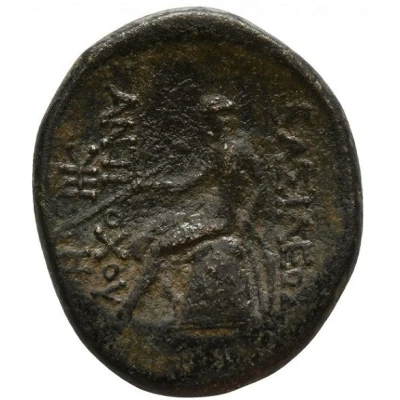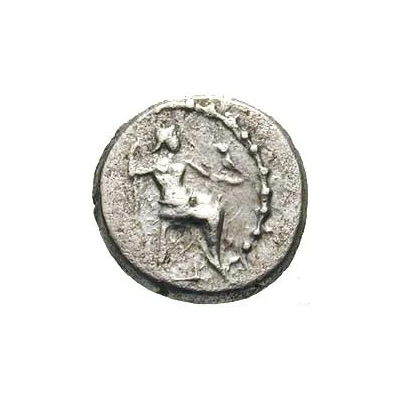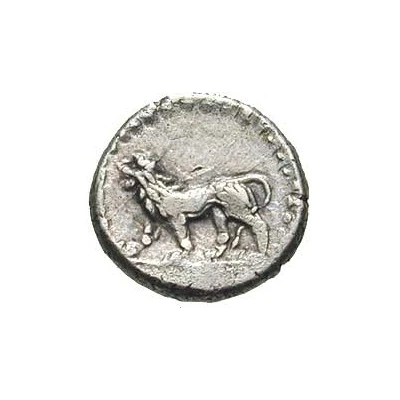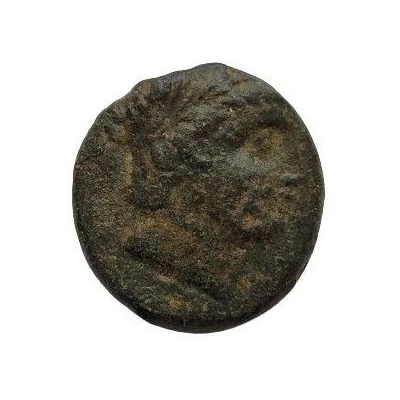


© Savoca Numismatik GmbH & Co. KG
Tetrachalkon - Antiochos III 223 BC - 187 BC
| Bronze | 15 g | 22 mm |
| Issuer | Seleucid Empire (Seleucid Empire (305 BC - 64 BC)) |
|---|---|
| King | Antiochos III Megas (223 BC - 187 BC) |
| Type | Standard circulation coin |
| Years | 223 BC - 187 BC |
| Value | Tetrachalkon (1⁄12) |
| Currency | Drachm |
| Composition | Bronze |
| Weight | 15 g |
| Diameter | 22 mm |
| Shape | Round (irregular) |
| Technique | Hammered |
| Orientation | Variable alignment ↺ |
| Demonetized | Yes |
| Updated | 2024-10-10 |
| Numista | N#369737 |
|---|---|
| Rarity index | 95% |
Reverse
Apollo seated left on omphalos, holding arrow and resting bow on ground, two monograms in left field.
Script: Greek
Lettering: ΒΑΣΙΛΕΩΣ ΑΝΤΙΟΧΟΥ
Translation: King Antiochos (III, Megas)
Interesting fact
One interesting fact about the Tetrachalkon coin of Antiochos III from the Seleucid Empire is that it features a unique blend of Greek and Persian design elements. The obverse side of the coin depicts the king's portrait, while the reverse side shows a seated Zeus, reflecting the cultural influences of both the Greek and Persian empires. This fusion of styles is a testament to the multicultural nature of the Seleucid Empire, which spanned across a vast territory that included parts of modern-day Turkey, Syria, Lebanon, Israel, Jordan, Iraq, and Iran.



